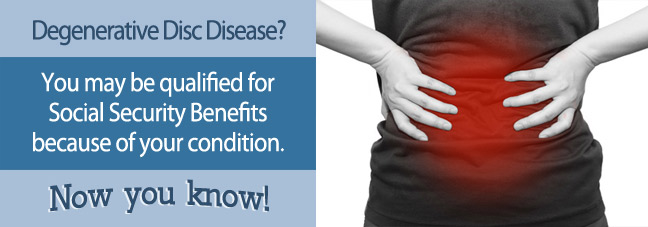The Social Security Administration (SSA) has been tasked with implementing two distinct federal disability programs. Individuals who are no longer able to work as a result of a serious health condition can apply for the Social Security Disability Insurance (SSDI) program. The SSA is then responsible for reviewing the medical evidence and determining which cases are severe enough to warrant disability awards.
Illnesses affect people very differently depending on the person and the specifics around the health condition. While one person with a herniated disc might barely notice, another individual might be completely debilitated by the injury. To standardize the way in which disability awards are distributed, the SSA created the “Listing of Medical Impairments,” also referred to as the Blue Book.
The Blue Book is an online medical guide that contains various medical conditions deemed serious enough to be considered permanently disabling. Each section of the Blue Book also includes the required symptoms associated with a particular illness, such as a herniated disc.
How the Blue Book Can Help You Medically Qualify for Disability with a Herniated Disc
Disorders of the spine are a relatively common phenomenon that occurs with increasing frequency as we age. In fact, if given an MRI, many individuals over the age of 40 would show some level of disc impairment. The challenging aspect of obtaining a disability award for a herniated disc lies in the fact that the severity of the injury on the MRI does not necessarily correlate with the severity of the pain and associated symptoms. For example, someone with a large herniated disc might not even know that there is a medical issue, while an individual with what appears to be a minor herniation might experience excruciating pain.
The Blue Book includes herniated discs in the musculoskeletal section of the manual under disorders of the spine, 1.04. The Blue Book specifically addresses herniated discs, also called herniated nucleus pulposus, stating that this disorder is typically associated with the impingement of a nerve root. This “pinching” of the nerve results in a specific neuro-anatomic distribution of signs and symptoms depending on the particular nerve that is being compromised.
To be approved for disability benefits for a herniated disc, you must have a compromised nerve root accompanied by limitation of movement of the spine or muscle weakness contributing to motor loss, as well as sensory or reflex loss. If the herniated disc is located in the lower back, you must have a positive straight-leg raising test in both the lying and sitting positions.
Furthermore, if the herniated disc has resulted in a severe burning sensation that necessitates the frequent adjusting of body position more than once every 2 hours, an operative note, pathology report, or medical imaging should confirm this spinal arachnoiditis.
What Evidence Do I Need to Win My Herniated Disc Claim?
The Blue Book details the specific medical evidence required by the SSA when evaluating a herniated disc claim. The SSA will want to obtain the following documentation:
A full report of the examination of the spine including:
- A detailed description of a person’s gait
- The range of motion of the spine in degrees from a vertical position (zero degrees)
- Straight-leg raise results from both sitting and lying positions
- Signs of tension
- Motor and sensory abnormalities
- Presence of muscle spasms
- Deep tendon reflexes, when applicable
- Circumferential measurements of both thighs and lower legs, if relevant
- Circumferential measurements of upper and lower arms, if relevant
- Hand grip and pinch strength
- If muscle weakness is present, a 0 to 5, with 0 being complete loss of strength, should be included

Physician observations should include:
- The way in which a person gets on an off an examination table
- An inability to walk on the heels or toes
- How a person is able to squat or rise from a squatting position
- Any other mobility observations
- Medical imaging such as MRIs, CT scans, or x-rays that confirm disc herniation
- Surgical records if the disc herniation has necessitated an operation
- All treatment records including medications administered or physical therapy received. The SSA will also want to know the response to all of the treatments received.
As most musculoskeletal impairments improve with time and treatment, a longitudinal record must accompany any application. Only those conditions that have lasted, or are expected to continue, for at least one year will be considered for approval.
Can A Lawyer Help Me Win My Claim for Herniated Disc?
Winning a disability claim for a herniated disc is challenging, as most individuals with herniated discs have mild or transient symptoms. A successful application will depend on the ability to provide substantial medical evidence to the SSA illustrating the severity of the herniated disc and the impact that it has on one’s ability to work.
To enhance the chances of winning a disability claim, you should consider hiring an experienced Social Security lawyer. A disability lawyer is skilled at reviewing applications and determining what medical evidence is available, as well as what additional documentation needs to be obtained. Further, if your request is denied, which is not uncommon, a qualified Social Security lawyer can help you navigate the complex appeals process.